Affiliate links on Android Authority may earn us a commission. Learn more.
LG in 2018: Refined and resurgent
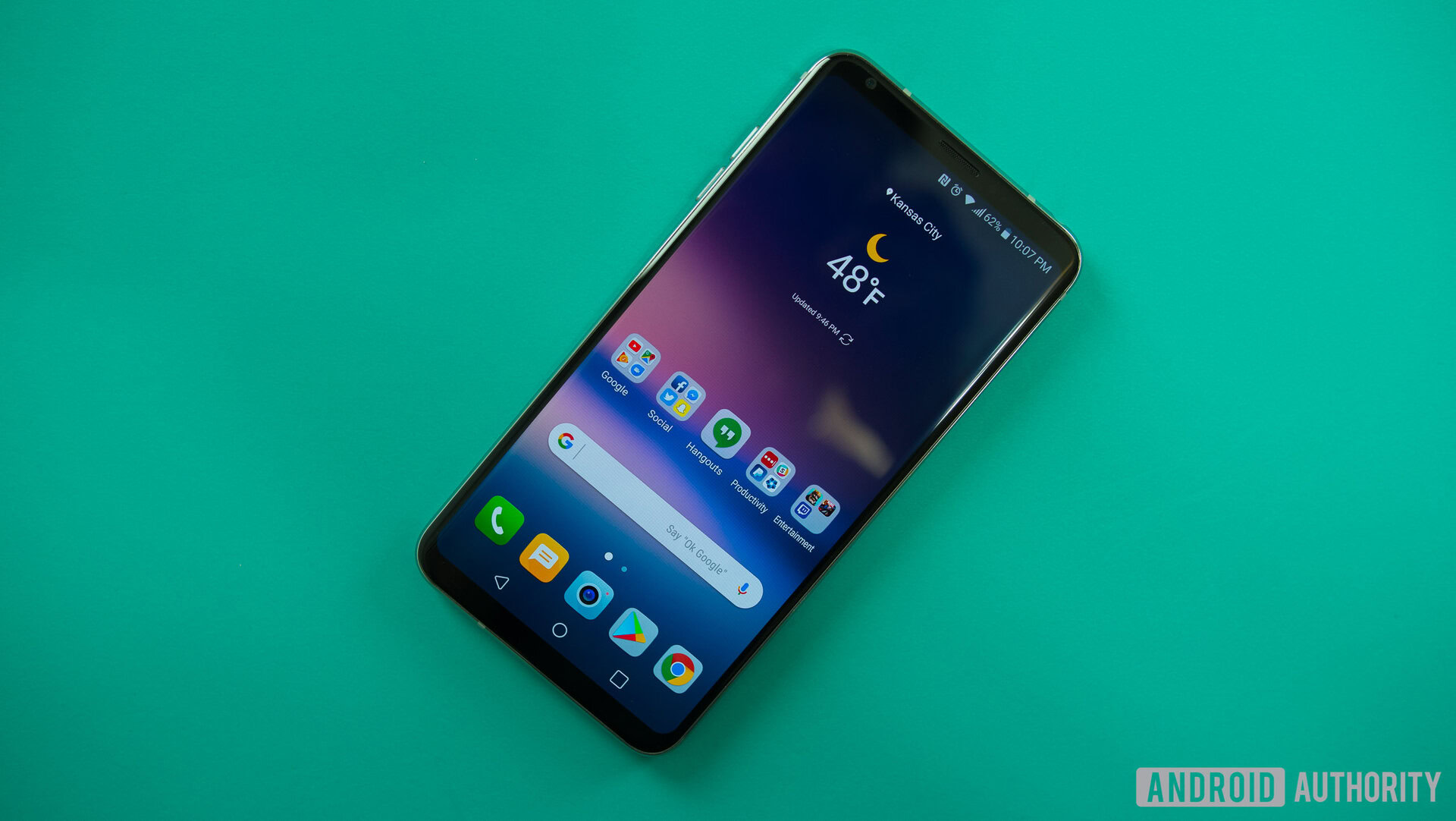
It’s fair to say that 2016 wasn’t kind to LG. A misstep in presuming consumer appetite for modular handsets left the company’s financial and sales figures in a rather woeful state. The electronic giant’s market share dropped further still behind top dogs Apple and Samsung. It was a low point for the company’s smartphone ambitions.
LG clearly looked to turn its fortunes around this year. It didn’t disappoint, producing two flagship smartphones that won the company back many fans, and made a few new ones. In our opinion, they’re some of the best handsets produced this year, but were they been enough to turn the company’s fortunes around?
The year that was (2017)
The LG G6, announced back in February, was clearly a departure from 2016’s modular miscalculation, actually beating Samsung to the announcement of an ultra-thin bezel phone with 18:9 aspect ratio display. It was a much needed redesign, which reaffirmed LG’s intentions as a premium-tier brand that doesn’t rely on gimmicks, and built on the company’s much sought after camera and video capabilities.
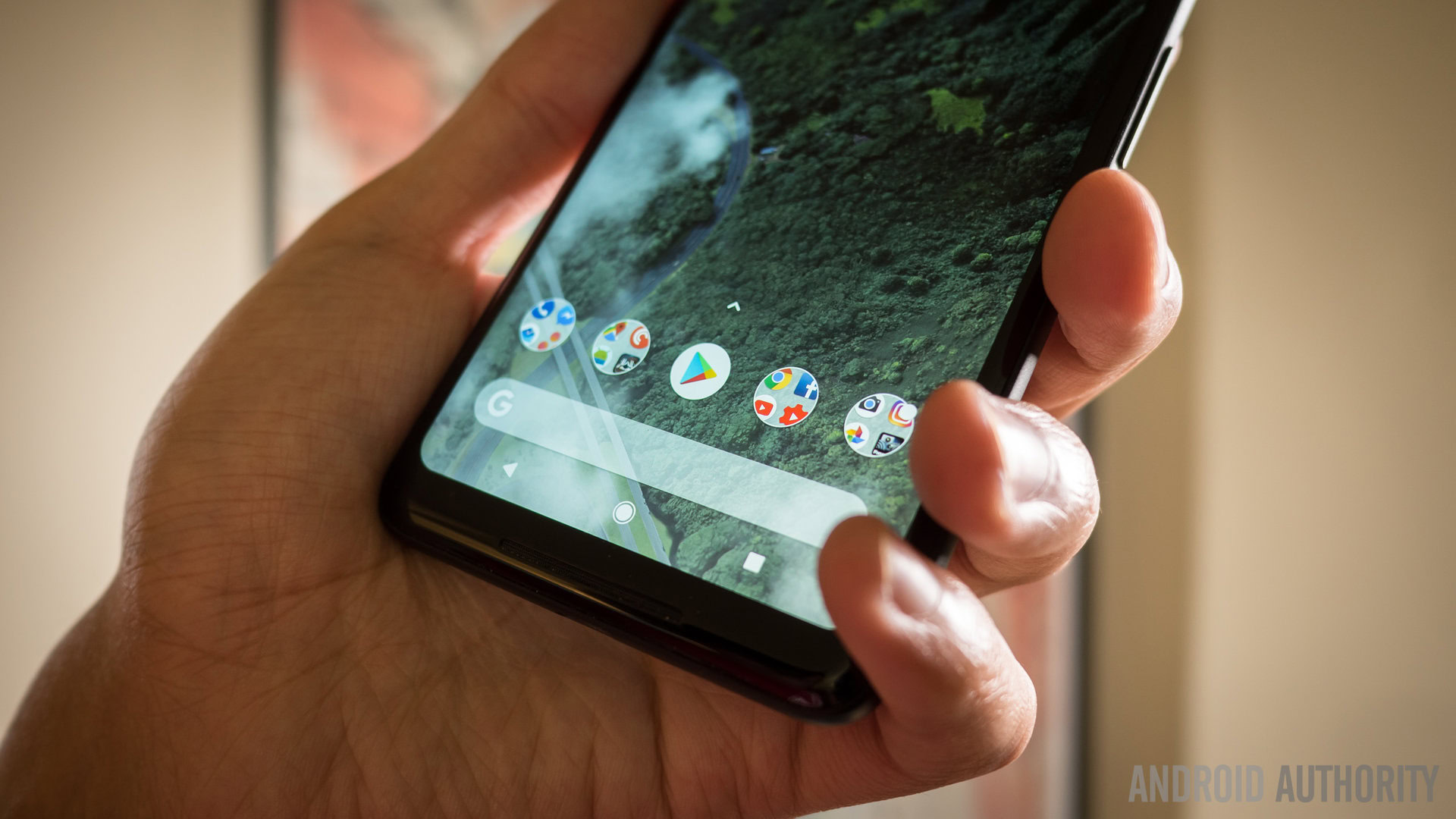
The LG V30 further honed this new design, providing more powerful processing hardware, new video shooting options, and pretty much all the bells and whistles you could want from a power user sized flagship smartphone. The handset also marked LG Display’s return to the mobile OLED panel market, after experimentation with flexible POLED back in the G Flex days. LG Display also ended up providing QHD OLED panels for the Google Pixel 2 XL shortly afterwards, finally providing the industry with an alternative supplier to Samsung.
Notable achievements haven’t just been limited to LG’s premium tier of products either. The LG Q6 series brought the same sleek looking design to a much more affordable price range by the middle of the year. It’s just a shame the processing capabilities didn’t pack in a little more grunt and that other key features were missing.
The LG G6 and V30 are some of this year's best reviewed smartphones, but the company's mobile division is still losing money.
Unfortunately, this praise hasn’t seen LG’s mobile division swing back into a profit — yet. At the last count, the company’s mobile division recorded a loss of $331 million, although it saw a slight profit of £3.2 million back in Q1, right after the launch of the G6. On the plus side, the company’s revenues for Q3 were up 13 percent over the year before, and smartphone shipments leapt by 44 percent. But after the LG G5’s dismal performance the year before, it’s still not a great picture.
The long term trend for LG’s mobile sales remains remains in decline. The company shipped 13.7 million handset as of Q3 2017, down from a peak of 59 million back in 2014. In terms of global market share, LG doesn’t even feature in the top six anymore, having recently lost its spot to Chinese manufacturer Xiaomi.
In a bid to remedy this situation next year, LG recently shuffled some of its management positions. Hwang Jeong-hwan has been appointed president and CEO of the LG Mobile Communications Company, replacing the departing Juno Cho. Previously, Hwang oversaw research and development at LG’s more profitable Home Entertainment businesses. Apparently, Hwang was also closely involved with the development of LG’s early smartphones, so this move appears to be an attempt to revisit the company’s routes and recapture some of its early innovative spirit in mobile.
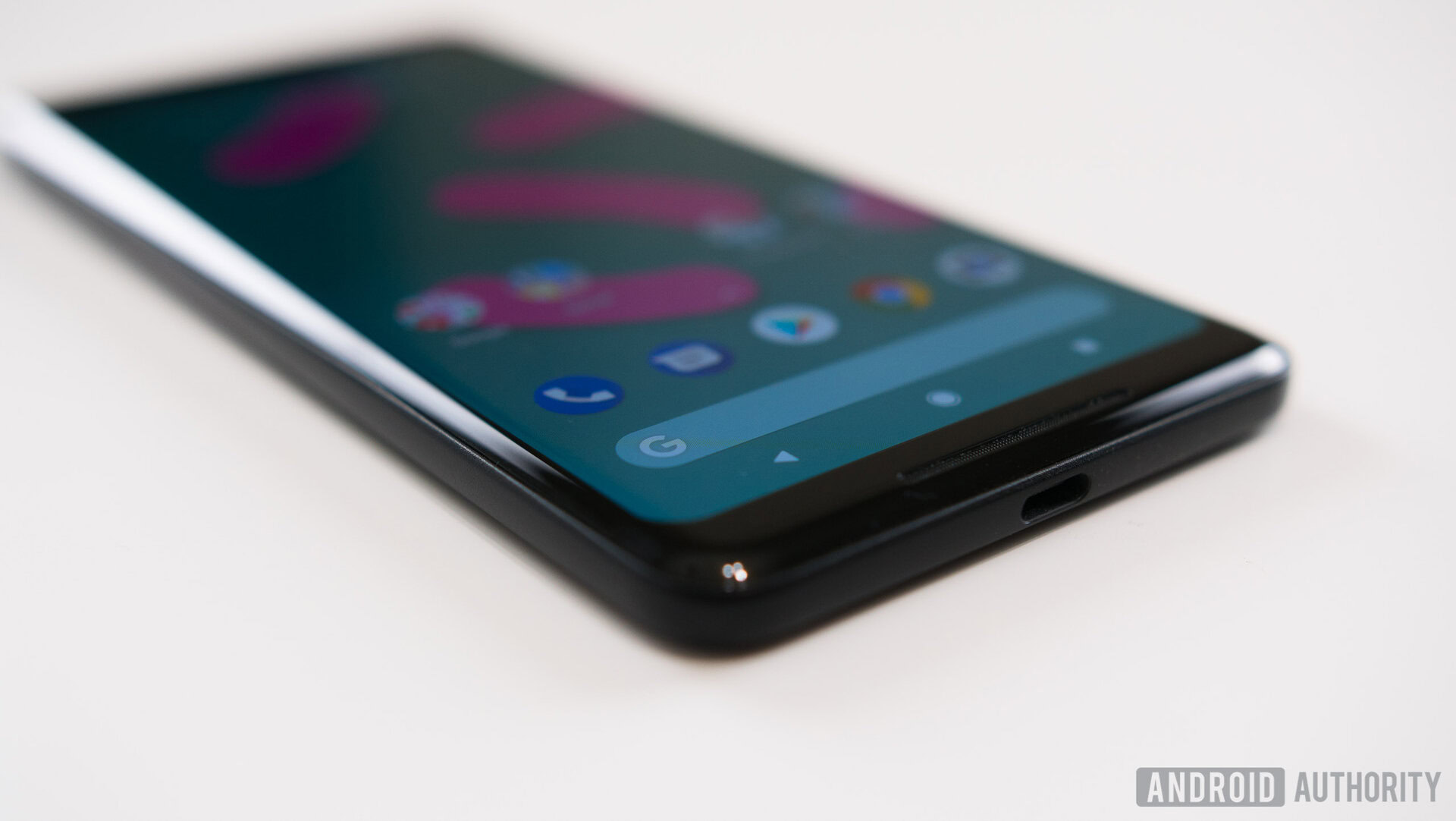
Outside of poor business results, LG’s mobile business hasn’t been without its fair share of controversies this year either.
The arrival of the LG G6 disappointed some, as it missed out on cutting edge Snapdragon 835 processing technology in favour of the previous generation Snapdragon 821. Although to be fair this was due to availability issues outside of LG’s control. More upsetting was the decision to limit wireless charging and superior audio components to certain markets, leaving some fans to feel they’d be missing out on the true G6 experience.
Limiting high-end features to certain regions was a sore-spot with the G6 that we hope won't be repeated with the G7.
More recently, the OLED panel inside the Google Pixel 2 XL caused arguably more uproar, heaping additional scrutiny on the V30 too. With reports ranging from common blue tints, right through to grainy appearances and very fast burn in, Google’s 2017 flagship smartphone and LG’s reputation as a leading display company have taken a hit. LG Display’s return to the mobile market hasn’t been as smooth as the company would have liked.
The year to come (2018)
We’re already fast approaching the launch of LG’s next flagship. Following the company’s usual launch pattern, the successor to the G6 will likely be unveiled in just a few months, or perhaps even earlier. This handset presents LG with an opportunity to fix the shortcomings of the G6, such as global hardware parity. It’s also unclear whether we’ll see another major revision of the company’s design with even thinner bezels, or if the G6’s successor will be a more conservative revision of the G6.
An LG spokesperson just recently confirmed the company is ditching the G-series branding in the future. The G6 will still have a successor, but it won’t be called the LG G7.
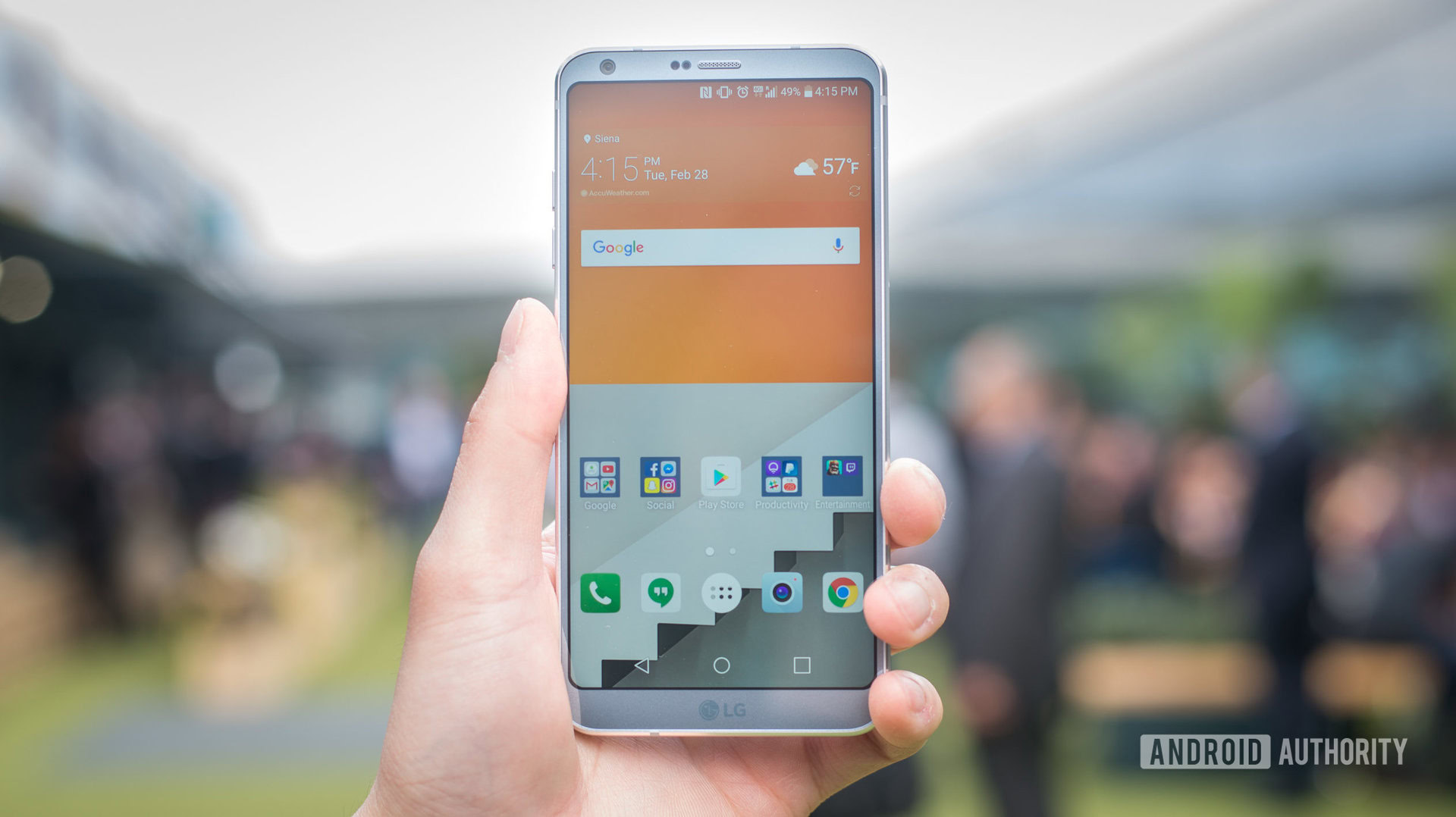
The company is reportedly looking beyond mobile next year to virtual reality. LG is working with Valve on a new virtual reality headset, though it will be tethered to a PC to power it, just like the HTC Vive and Oculus Rift, and so won’t be a rival to Samsung’s Gear VR range, which pairs with a smartphone. We’re still waiting on an official launch window, which is currently rumored to be scheduled for sometime in early 2018.
Of course, neither of these are guaranteed to boost the company’s sales. The virtual reality market has some well established players already, but it’s still waiting on that must-have experience to drive meaningful sales. In the mobile space, LG is fighting to gain ground in emerging markets, compete in China, and perpetually under threat from cost effective flagships in its more established markets like the U.S. and South Korea.
Diversity may be key in 2018. LG is working on a VR headset with Valve and is already a notable player in the smart appliances market.
LG may have more success with the smart home market, in which its SmartThinQ and ThinQ appliances are already well positioned. However, it remains to be seen if the company has a plan to unify these products with mobile internally. LG is playing nice with compatibility with Google Assistant and Alexa for smart home, and doesn’t appear to have any ambitions to launch a rival assistant, along the lines of Samsung’s Bixby.
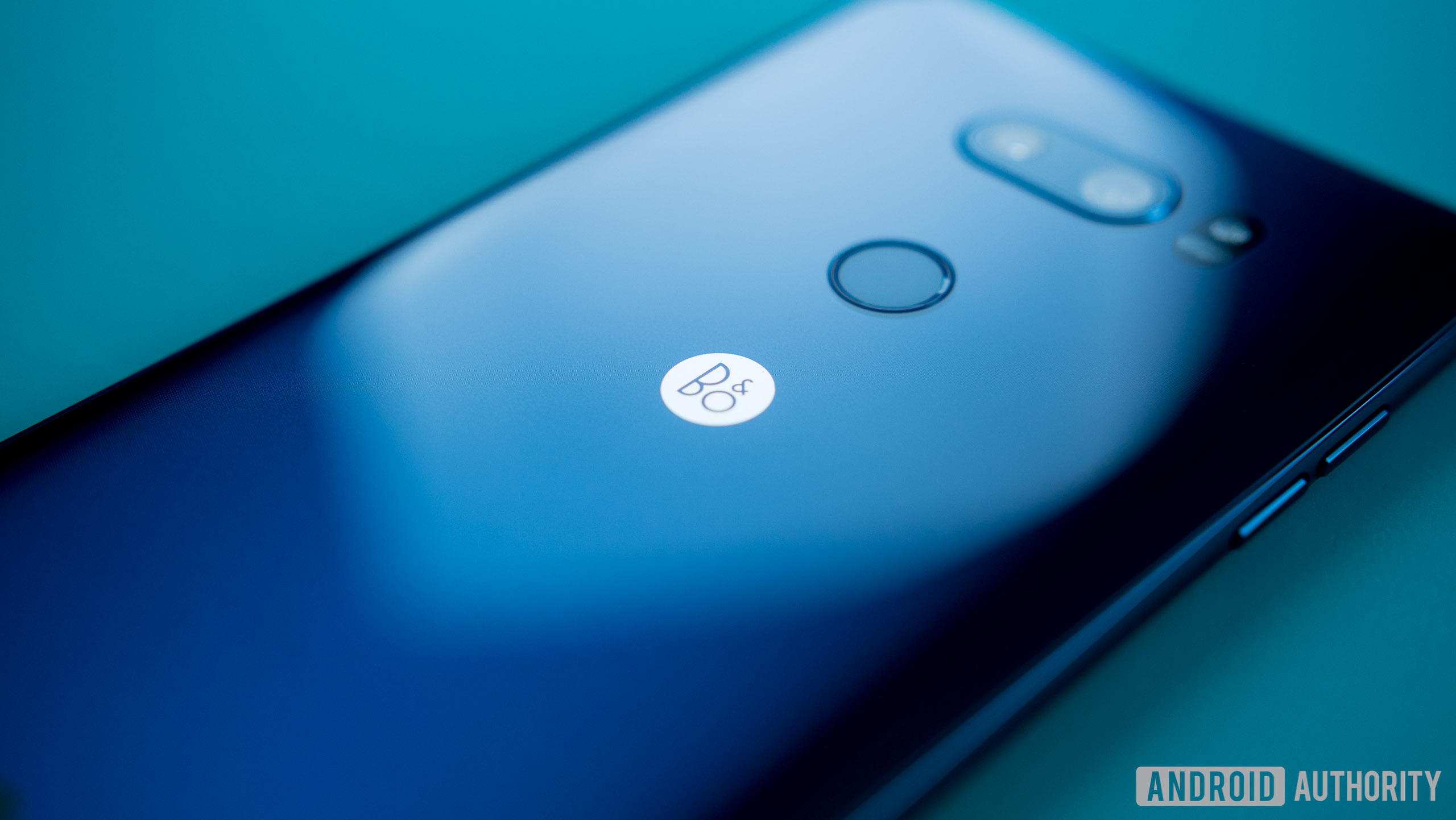
Summary
LG is still recovering following the rise of China’s cutthroat OEMs, and the resulting price and hardware squeeze which hit all but Apple and Samsung. While the G5 may have been a knee-jerk overreaction to the need to innovate and counteract this market shift, the G6 and V30 are clearly more refined and well-thought-out revisions to LG’s successful smartphone formula. The company is showing signs of turning its situation around, but there’s still a long way to go in terms of sales and market share.
LG isn’t alone in this unfortunate situation. Other legacy manufacturers, including Sony and HTC, face similar issues with profitability and market share, despite producing top-notch smartphones. However, LG has shown more willingness than most to adapt its designs and innovate, so perhaps 2018 will see a further recovery for the company.